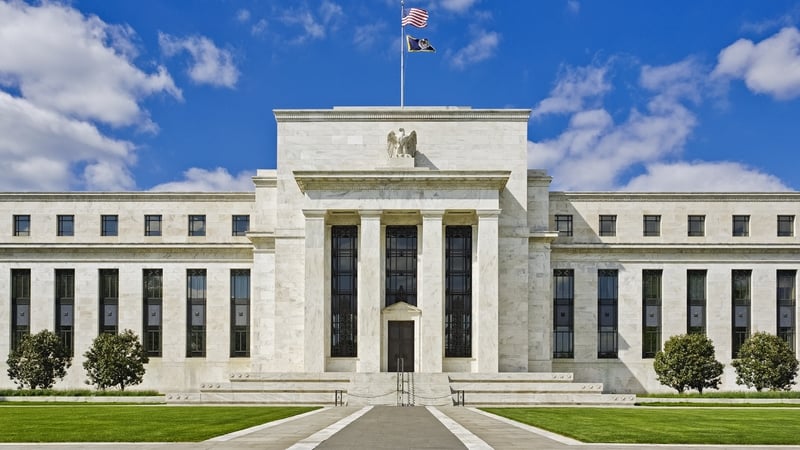President Donald Trump’s initial policy proposals raised concern at the Federal Reserve about higher inflation, with firms telling the Fed they generally expected to raise prices to pass along the cost of import tariffs, policymakers said at a meeting held about a week after Trump’s January 20 inauguration.
Participants at the Fed’s January 28-29 meeting “generally pointed to the upside risks to the inflation outlook,” rather than risks to the job market, according to the minutes from the meeting.
“In particular, participants cited the possible effects of potential changes in trade and immigration policy, the potential for geopolitical developments to disrupt supply chains, or stronger-than-expected household spending,” the minutes stated.
While still having faith that price pressures will ease in coming months, “other factors were cited as having the potential to hinder the disinflation process,” the minutes said, including the fact that “business contacts in a number of (Fed) districts had indicated that firms would attempt to pass on to consumers higher input costs arising from potential tariffs.”
Participants also noted that some measures of inflation expectations, a key concern for the Fed, “had increased recently.”
In comments after the release of the minutes, Atlanta Fed President Raphael Bostic walked through the tangle of issues the Fed is trying to unravel.
Business leaders are telling Fed officials they want to raise prices but are uncertain how consumers will respond; tariffs may add to costs, but steps to deregulate some industries may offset those pressures.
At this point, Bostic said, the net result for policymakers is less confidence about what comes next.
“I had an outlook that 2025 would proceed at a very positive level. We’d see solid growth. We’d see inflation continue to move to 2%, we’d see labour markets stay solid,” Bostic said.
“Now, all this potential change means that the confidence bands, the precision of that estimate has reduced somewhat and we’ll just have to see how things play out,” he said.
Financial markets were little changed after the release of the minutes, with interest rate futures indicating the Fed’s likely first, and perhaps only, rate cut of 2025 would occur in July. US stocks wavered between slight gains and losses.

Policymakers at last month’s meeting agreed they should hold interest rates steady until it was clear that inflation, largely stalled since the middle of 2024, would dependably fall to the Fed’s 2% target.
The uncertainty surrounding Trump’s plans has added to their reluctance to reduce rates any further.
“It’s clear from the minutes that rate cuts are not happening anytime soon, and the Fed will likely wait for some of the dust to settle on tariffs before providing better forward guidance,” said Ryan Sweet, chief US economist at Oxford Economics.
“The minutes support the recent changes to our baseline forecast that the Fed will be cautious this year, cutting rates only once in December.”
A “few” officials, Sweet noted, even hinted that there may not be much more room to cut, given the uncertainty about where the Fed’s proper stopping point may be.
Fed staff had already changed their outlook at the December 17-18 meeting to show expected slower growth and higher inflation based on “placeholder assumptions” about Trump’s likely actions when he began his second term in the White House.
The president started providing details in his first days in office, including proposed 25% tariffs on Canada and Mexico, and a lockdown of the US-Mexico border.
The Fed kept its benchmark interest rate in the current 4.25%-4.5% range at its meeting last month, and officials since then have said they are in no rush to cut rates again until they are more certain inflation will decline to the 2% target from current levels around half a percentage point above that level.




